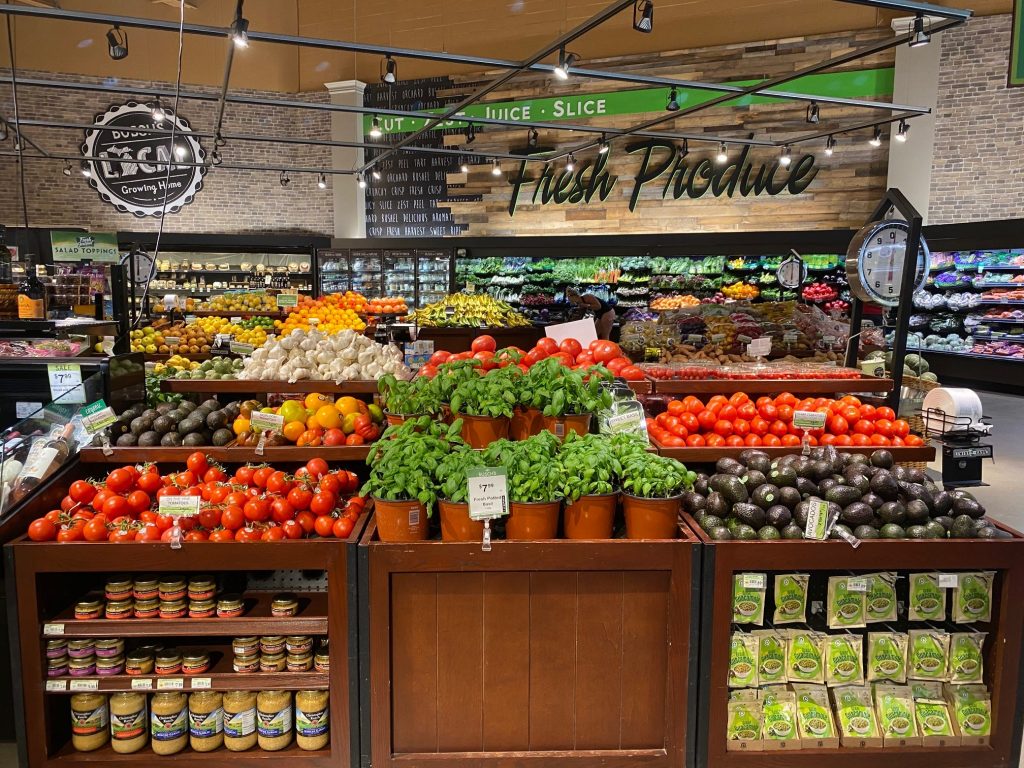The Ultimate Guide to Creating a Nutrient-Rich Healthy Food List
3 min read
Maintaining a healthy diet is crucial for overall well-being. One of the key aspects of a healthy diet is having a well-curated food list. In this comprehensive guide, we will explore the various factors to consider when creating a healthy food list that is both nutritious and delicious.
- Understand Your Nutritional Needs:
Before diving into creating a healthy food list, it is essential to understand your individual nutritional needs. Factors such as age, gender, activity level, and any specific dietary requirements should be taken into account. Consulting a healthcare professional or a registered dietitian can provide valuable insights tailored to your unique needs. - Prioritize Whole Foods:
When making a healthy food list, prioritize whole foods over processed alternatives. Whole foods are minimally processed and retain their natural nutrients. Include a variety of fruits, vegetables, whole grains, lean proteins, and healthy fats in your list. These nutrient-dense foods provide essential vitamins, minerals, and antioxidants necessary for optimal health. - Incorporate a Rainbow of Colors:
To ensure a diverse range of nutrients, aim to include a rainbow of colors in your food list. Different colored fruits and vegetables offer a variety of vitamins, minerals, and phytochemicals. For example, orange fruits and vegetables like carrots and sweet potatoes are rich in beta-carotene, while leafy greens provide an abundance of folate and vitamin K. - Consider Seasonal and Local Produce:
Including seasonal and locally sourced produce in your food list not only supports local farmers but also ensures freshness and higher nutrient content. Seasonal fruits and vegetables are harvested at their peak, offering superior taste and nutritional value. Explore farmers' markets or community-supported agriculture (CSA) programs to discover a wide range of seasonal produce options. - Opt for Lean Proteins:
Proteins are essential for muscle growth, repair, and overall health. When selecting proteins for your food list, opt for lean options such as skinless poultry, fish, legumes, and tofu. These sources are low in saturated fats and high in essential amino acids. Incorporating a variety of proteins ensures a well-rounded nutrient intake. - Include Healthy Fats:
Contrary to popular belief, fats are an essential part of a healthy diet. However, it is crucial to choose healthy fats over unhealthy ones. Include sources of monounsaturated and polyunsaturated fats like avocados, nuts, seeds, and olive oil in your food list. These fats support heart health, brain function, and nutrient absorption. - Read Food Labels:
When creating a healthy food list, it is important to be mindful of hidden sugars, unhealthy additives, and excessive sodium. Read food labels carefully to understand the ingredients and nutritional content of packaged foods. Look for products with minimal ingredients, no added sugars, and low sodium levels. - Plan and Prepare Meals:
To ensure you stick to your healthy food list, plan and prepare your meals in advance. This helps avoid impulsive food choices and ensures you have nutritious options readily available. Consider batch cooking, meal prepping, and incorporating a variety of cooking methods to keep your meals interesting and enjoyable.
Conclusion:
Creating a healthy food list is a vital step towards achieving and maintaining a balanced diet. By understanding your nutritional needs, prioritizing whole foods, incorporating a variety of colors, and being mindful of sourcing and preparation, you can create a nutrient-rich food list that promotes optimal health. Remember, small changes in your food choices can have a significant impact on your overall well-being.
